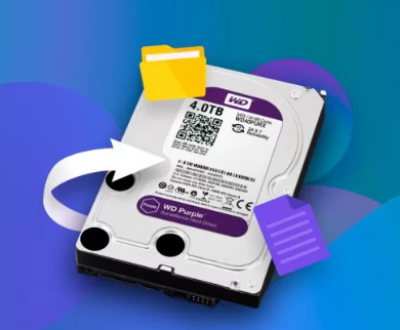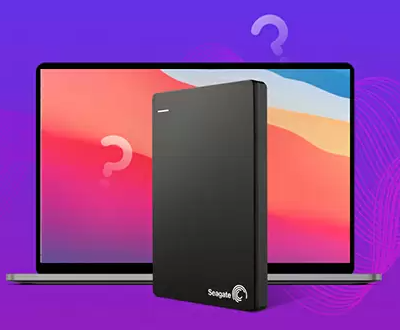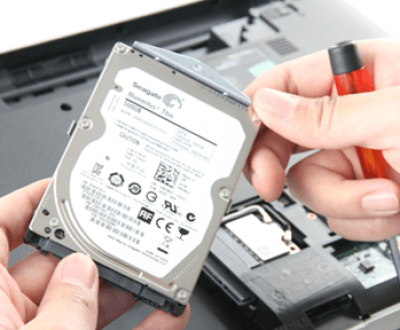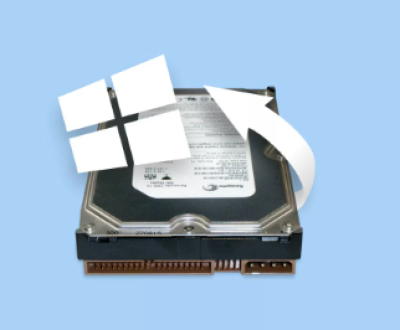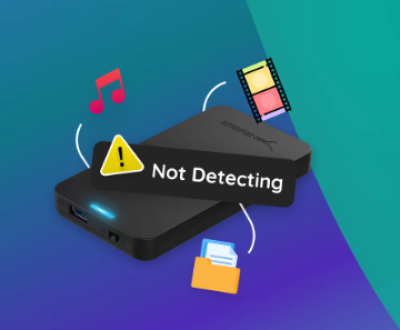An .xlsx file is a format used by Microsoft Excel to store spreadsheets. If Excel cannot open the file, it could be due to several reasons such as corruption, incompatibility, or a simple error with the file’s format. This guide will help you troubleshoot the issue and hopefully recover the file.
Causes of the Error
File Corruption:
Files can become corrupted due to unexpected shutdowns, system crashes, or file transfer errors. This is one of the most common reasons why Excel cannot open a file.

Incompatible Excel Version:
If the file was created in a newer version of Excel and you’re using an older version, Excel might not be able to open the file due to compatibility issues.
Improper File Extension:
Sometimes, a file might have the .xlsx extension, but it could actually be in a different format. This happens if the file was renamed or saved incorrectly.
External Programs and File Associations:
If third-party software or programs have altered the file association settings, Excel may fail to open the file.
Password Protection:
If the file is password-protected, Excel may fail to open it if the password is incorrect or not provided.
Troubleshooting the Error
1. Check the File Extension
Ensure that the file extension is .xlsx and not another format such as .xls, .csv, or .xlsm. If the file extension is incorrect, rename it to .xlsx and try opening it again.
2. Try Opening the File in Another Program
Sometimes, Excel is unable to open a file due to specific issues with its settings or installation. Try opening the file using another program like Google Sheets or LibreOffice Calc. These programs may be more lenient with file formats and may allow you to open the file and save it in a compatible format.
3. Open the File in Excel’s “Open and Repair” Mode
Excel offers a built-in “Open and Repair” feature that can attempt to recover a corrupted file.
Open Excel.
Click on “File” > “Open”.
Select the corrupted .xlsx file.
Instead of clicking “Open,” click the dropdown arrow next to the “Open” button and select “Open and Repair”.
Choose “Repair” when prompted. If this doesn’t work, you can try the “Extract Data” option to recover as much data as possible.
4. Check for Compatibility
If you’re using an older version of Excel, check whether the file was created in a newer version of the program. If that’s the case, you may need to upgrade to a newer version of Excel.
Alternatively, you can try opening the file in Excel Online, which may be more compatible with newer Excel files.
5. Check for File Corruption Using Third-Party Tools
If Excel’s built-in repair tools do not work, there are several third-party software options available to repair corrupted .xlsx files. Some of these tools include:
Stellar Repair for Excel
Excel Repair Toolbox
DiskInternals Excel Recovery
These tools can attempt to repair the file or recover its contents.
6. Try Opening the File on Another Computer
The problem might be specific to your installation of Excel. Try opening the file on another computer with a different version of Excel to see if it opens.
7. Check for Password Protection
If the file is password-protected, ensure that you have the correct password. Without the password, you will not be able to access the file. If you’ve forgotten the password, you can look into password recovery tools that might help.
8. Use Google Sheets as an Alternative
If you’re unable to open the file in Excel but need to access the data, you can upload the file to Google Drive and open it with Google Sheets. Google Sheets may be able to handle certain types of corrupted files better than Excel.
Preventing Future Issues
Save Files in Multiple Formats: Regularly save your Excel files in multiple formats (such as .xlsx and .xls), so that you have a backup in case of corruption.
Use AutoSave and Cloud Storage: Ensure that AutoSave is enabled in Excel, and store your files in a cloud storage service like OneDrive or Google Drive. This will help protect your files from being lost due to system crashes.
Use External Backup Tools: Periodically back up important files to an external drive or a secure cloud service.
Keep Excel Updated: Ensure you are using the latest version of Excel to prevent compatibility issues and benefit from the latest bug fixes.
If Excel cannot open an .xlsx file, it could be due to various reasons, including corruption, compatibility issues, or password protection. By following the troubleshooting steps above, such as using the “Open and Repair” feature, trying third-party tools, or opening the file in another program, you can potentially recover the file. For future prevention, keep backups, update Excel regularly, and consider using AutoSave or cloud storage.
About us and this blog
Panda Assistant is built on the latest data recovery algorithms, ensuring that no file is too damaged, too lost, or too corrupted to be recovered.
Request a free quote
We believe that data recovery shouldn’t be a daunting task. That’s why we’ve designed Panda Assistant to be as easy to use as it is powerful. With a few clicks, you can initiate a scan, preview recoverable files, and restore your data all within a matter of minutes.
Subscribe to our newsletter!
More from our blog
See all postsRecent Posts
- How to recover data from formatted hard disk 2025-07-14
- How to recover files from hard disk 2025-07-14
- How to recover data from portable hard disk 2025-07-14

 Try lt Free
Try lt Free Recovery success rate of up to
Recovery success rate of up to

